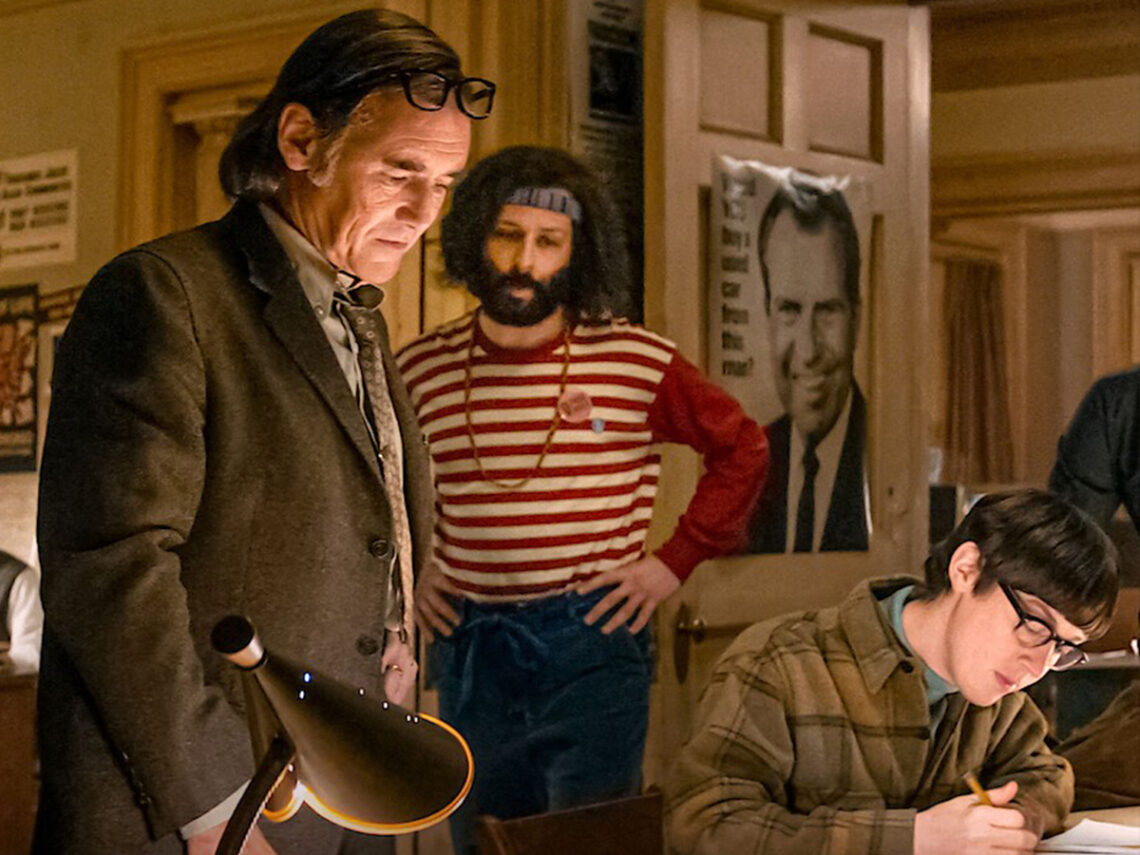
The true story behind ‘The Trial of the Chicago 7’
There are some pieces of cinema that capture the tragedy of real life so well that they make it difficult to distinguish between what is fiction and what is not. One such film is The Trial of the Chicago 7. Directed by Aaron Sorkin, this film stars Sacha Baron Cohen, Jeremy Strong, Eddie Redmayne, Yahya Abdul-Mateen II, Michael Keaton and Frank Langella, among others.
The film tells a tale of seven individuals, part of an anti-Vietnam War protest group, who were accused and prosecuted on charges of conspiracy and crossing state lines to incite protests at the Democratic National Convention in Chicago, 1968. Impactful performances and direction drove this harrowingly gritty story to many accolades, notably the Academy Awards, Golden Globe Awards, Screen Actors Guild Awards, and British Academy Film Awards.
The honest storytelling presents a gruesome look into the dramatic and chaotic reality of the trial, beginning with the convention. The intention behind the 1968 convention was to select the party’s candidate for the presidential election, which came after a tragic year of incidents such as the assassinations of Martin Luther King Jr and Bobby Kennedy. The candidates chosen for president and vice president, respectively, were then Vice President Hubert H Humphrey and Senator Edmund S Muskie.
A more troubling grievance grounding the Vietnam War was the issue of the United States’ involvement in it. Protests were being organised during the course of the convention, but to control the dissent, barring one, all other protest permits were denied. A rally was to take place on the afternoon of the convention, which saw many military and police troops come in.
The protest was powered by thousands, who stayed past the curfew. They began to march towards the site of the convention but were immediately stopped by the police, who used tear gas and batons to do so. This led to a retaliatory uproar where the protestors threw rocks and bottles. The issue garnered heavy media attention, which switched from telecasting the convention to the happenings at the protest.
Soon followed a review by the National Commission on the Causes and Prevention of Violence, which declared the incident to be a police riot wherein the officers had responded to mere taunts with unrestrained violence. A grand jury was summoned to slam criminal charges on both the protesters and the police. They proceeded to charge eight protestors with federal crimes and eight officers with violations of civil rights. The trial was sensational from the beginning, with the presiding Judge Julius Hoffman widely known for favouring the prosecution. The group of protestors were initially known as the ‘Chicago Eight’, but after the end of Bobby Seale’s trial, the group became the ‘Chicago Seven’.
The film also manages to depict this gruesome trial with much sensitivity. The misfortunes started when Seale requested a postponement of the trial since his attorney was unable to be present. Judge Hoffman not only denied the request but also refused to let Seale represent himself. Instead, he ordered him to be bound, gagged and chained to the chair when he began to argue against him. This remained the nature of his appearance in court for the days that followed, leaving behind a horrific image.
Eventually, the judge declared a mistrial and sentenced Seale to four years. The trial went on for four months, with both the defendants and Judge Hoffman insulting and pulling theatrical stunts against each other. By the end of it, the ‘Chicago Seven’ were proven guilty of some charges and sentenced accordingly. In 1972, two years later, their convictions were overturned by a different judge. Additionally, a jury acquitted the police officers in a separate trial.